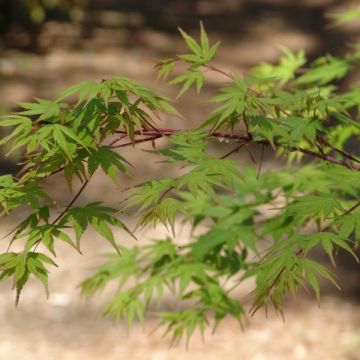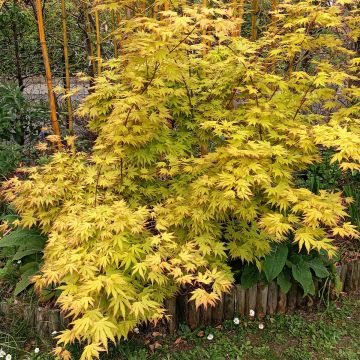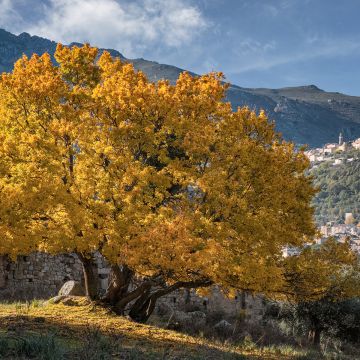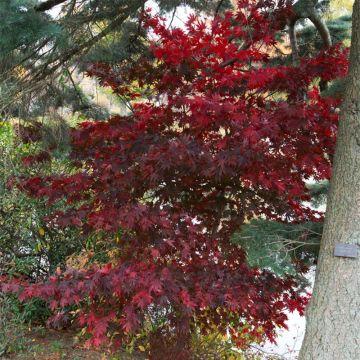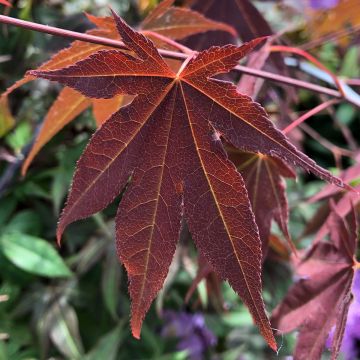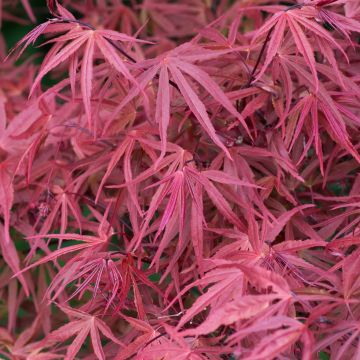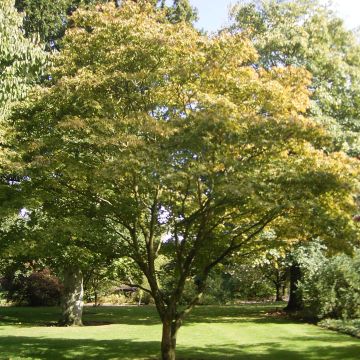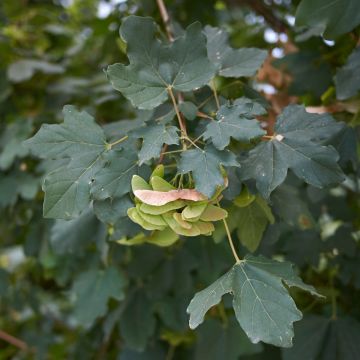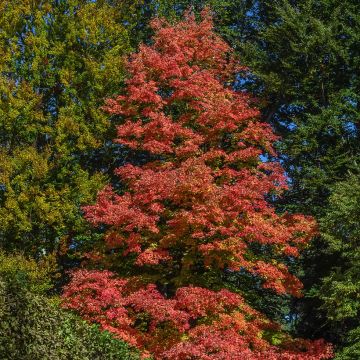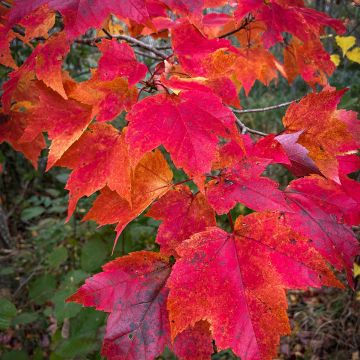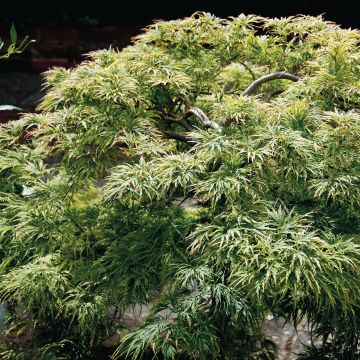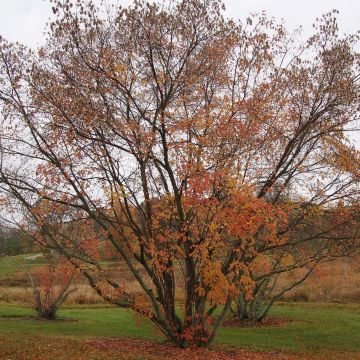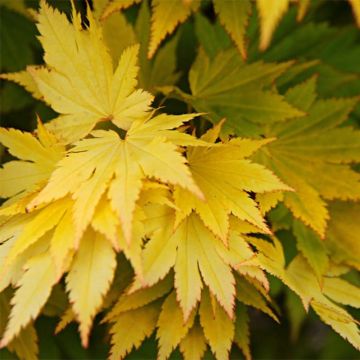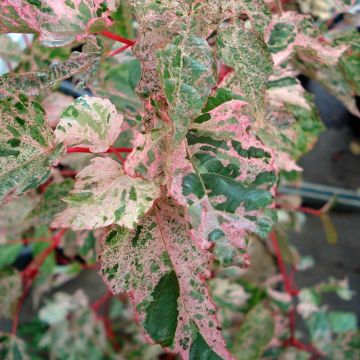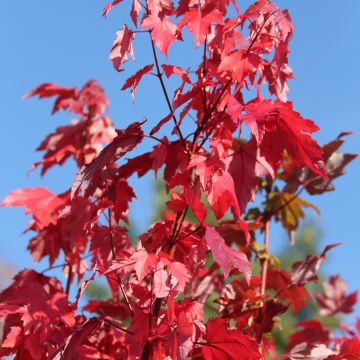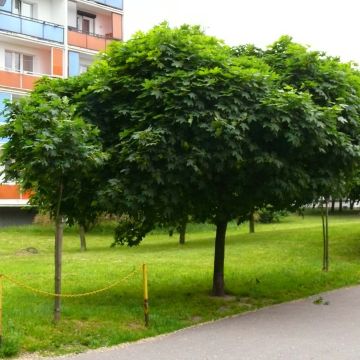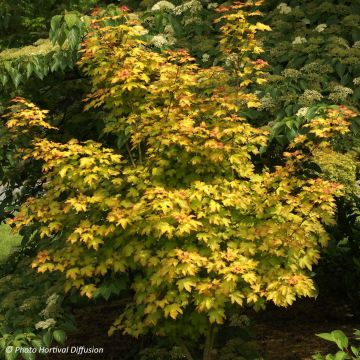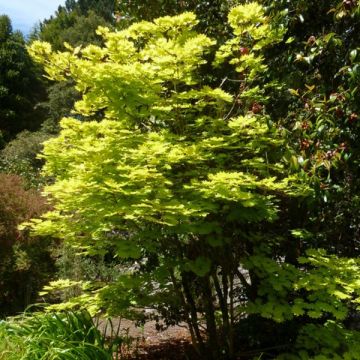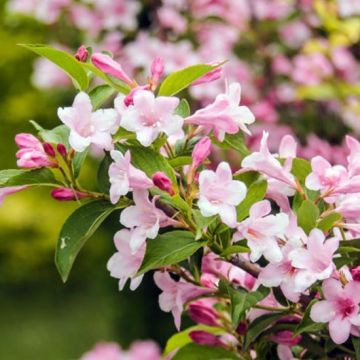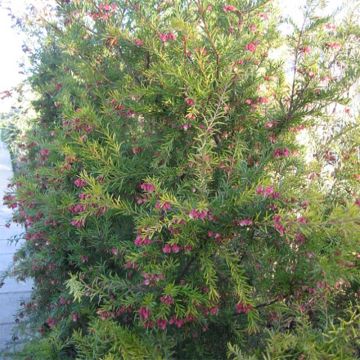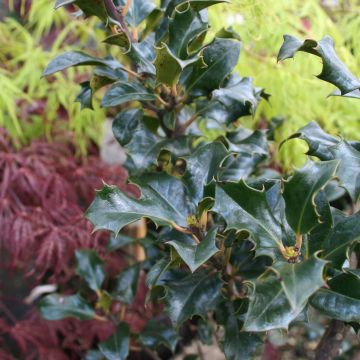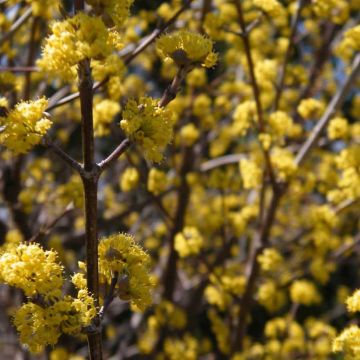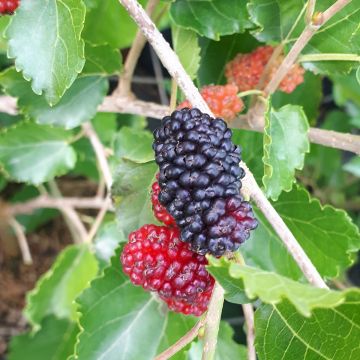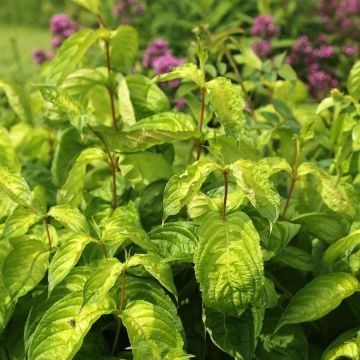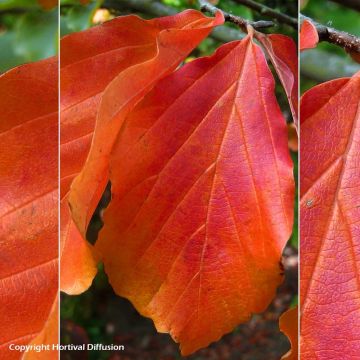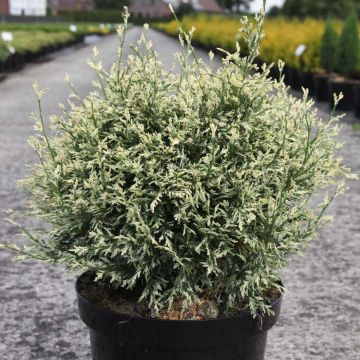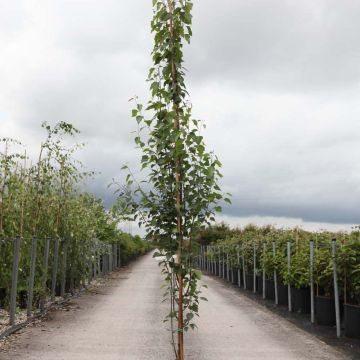Shipping country and language
Your country of residence may be:
Your country of residence is:
For a better user experience on our website, you can select:
Your shipping country:
Andorra
Austria
Belgium
Bulgaria
Canada
Chile
Croatia
Cyprus
Czechia
Denmark
Estonia
Finland
France
Germany
Greece
Hungary
Iceland
Ireland
Italy
Latvia
Lithuania
Luxembourg
Malta
Monaco
Netherlands
Poland
Portugal
Romania
Slovakia
Slovenia
Spain
Sweden
Switzerland
United Kingdom
We only deliver seed and bulb products to your country. If you add other products to your basket, they cannot be shipped.
Language:
French
German
Spanish
English
My Account
Hello
My wish lists
Plantfit
Log in / Register
Existing customer?
New customer?
Create an account to track your orders, access our customer service and, if you wish, make the most of our upcoming offers.
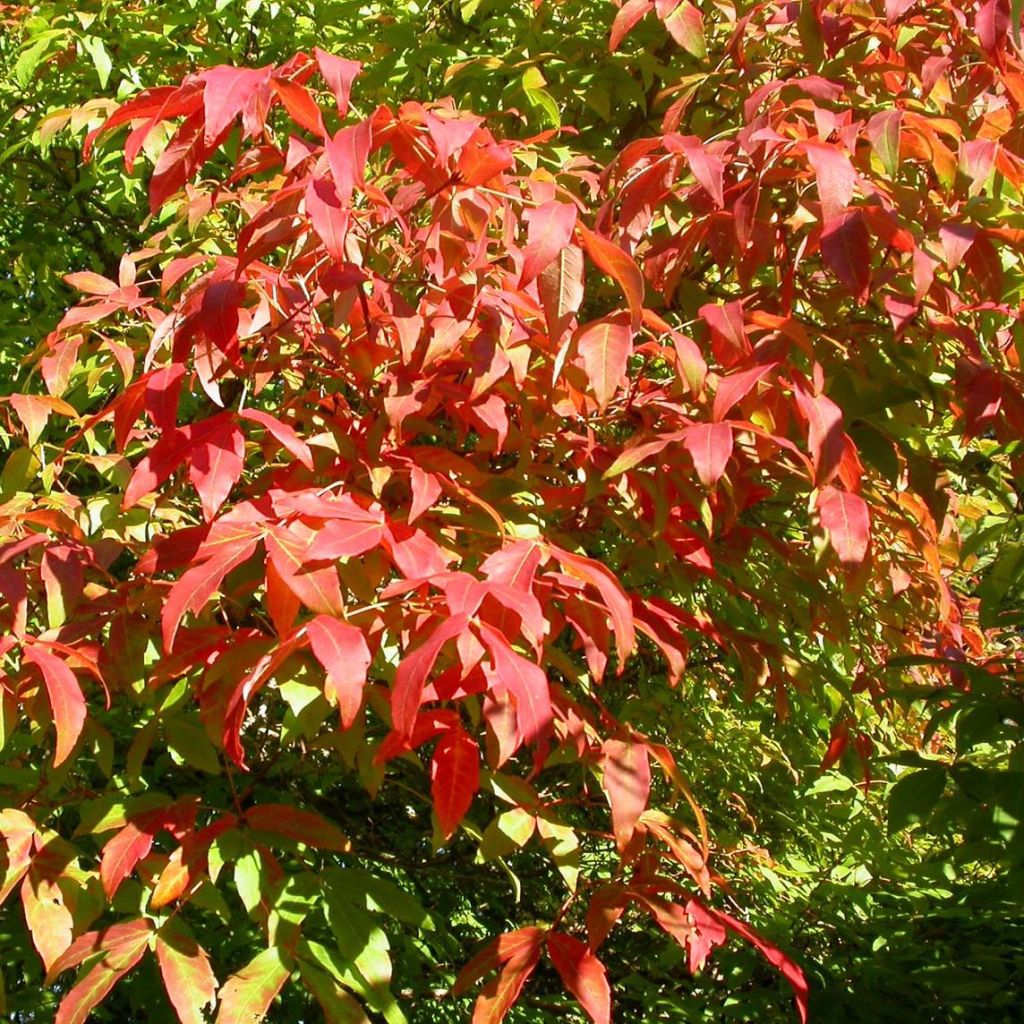

Erable à trois fleurs - Acer triflorum
Acer triflorum - Maple
Acer triflorum
Three-flowered maple
Why not try an alternative variety in stock?
View all →Order in the next for dispatch today!
Dispatch by letter from €3.90.
Delivery charge from €5.90 Oversize package delivery charge from €6.90.
More information
This item is not available in your country.
Schedule delivery date,
and select date in basket
This plant carries a 24 months recovery warranty
More information
We guarantee the quality of our plants for a full growing cycle, and will replace at our expense any plant that fails to recover under normal climatic and planting conditions.
Oversize package: home delivery by special carrier from €6.90 per order..
Express home delivery from €8.90.

Does this plant fit my garden?
Set up your Plantfit profile →
Description
Acer triflorum is a small tree or large deciduous shrub that is quite similar to Acer griseum, the paperbark maple. It has received the RHS Award of Garden Merit for its ornamental qualities and its performance in the garden. It is a plant with moderate growth, splendid autumn colours, and decorative bark. It adapts well to all types of soil.
Originally from the forests of medium and high altitudes in Manchuria and Korea, Acer trifolium was introduced in Europe in 1923 and is perfectly adapted to most climates. Like all maples, it belongs to the Sapindaceae family. It can reach 25m (82ft) in height in its natural environment, but rarely exceeds 8m (26ft) in height and 6m (20ft) in width in our gardens. Its growth is significantly faster than that of Acer griseum. It has an upright habit, with dense branches close to the base of the trunk, and tends to be globular. Its slightly greyish-brown bark is rough and fibrous. It peels off in a remarkable way, in thin vertical rolls when young, and then in small patches on the trunk and older branches. The leaves are divided into 3 leaflets, measuring 3 to 8cm (1 to 3in) long, with toothed edges. Tinged with pink and bronze when they bud, they become light green on the upper side but show a glaucous underside. They take on fantastic shades of orange and crimson red in autumn. Flowering takes place in April, in the form of groups of 3 small yellow flowers hanging from hairy peduncles. These flowers are the origin of the vernacular name of this maple, which means "three-flowered". The flowering is followed by the formation of winged and hairy fruits called samaras, which are 3cm (1in) long.
Acer trifolium deserves to be better known and more widely planted in our gardens. Its beautiful bark and autumn foliage make it interesting for a good part of the year. It will look good as a standalone tree in a small garden. It will also blend well in a grove with Persian ironwood (Parrotia persica), smoke bushes, deciduous euonymus, and the caramel tree. Together, they will create a flamboyant display at the end of the season. Easy to grow and perfectly hardy, it thrives in any ordinary soil, even limestone, as long as it is deep enough. Plant small shade-loving perennials (lamium, Epimedium, Geranium macrorrhizum, Ophiopogon planiscapus 'Niger') at its base to enhance its beautiful bark and flamboyant autumn colours.
Acer triflorum - Maple in pictures
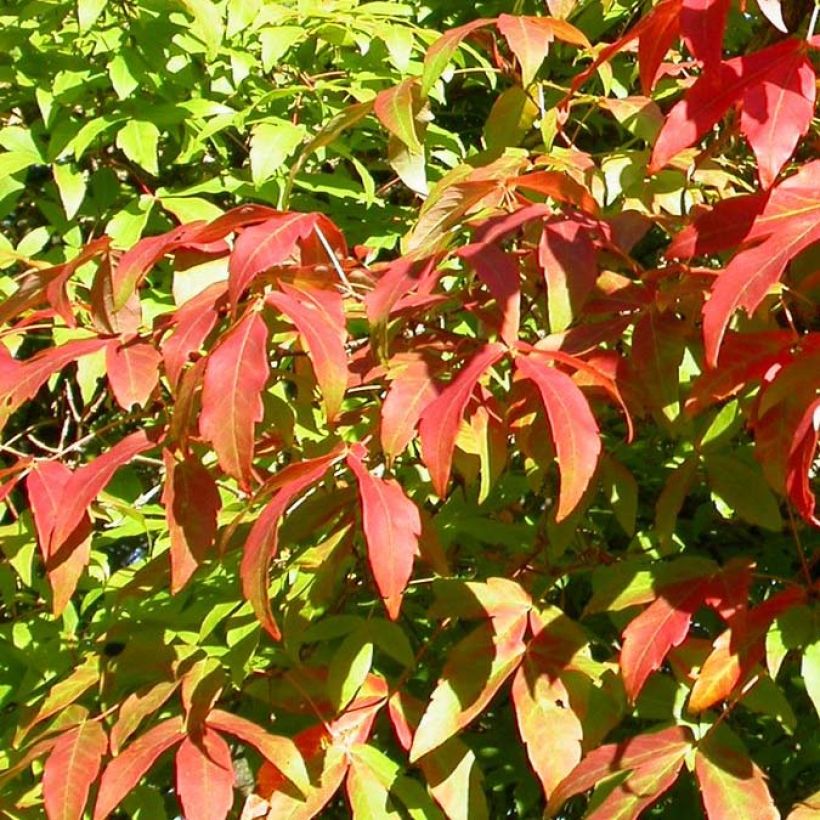

Plant habit
Flowering
Foliage
Botanical data
Acer
triflorum
Aceraceae
Three-flowered maple
China
Other Acer - Maple tree
Planting and care
Plant in spring or autumn in all deep, moist soils, in a gently sunny or semi-shaded position (it fears scorching sun). This maple tolerates the presence of limestone in the soil, but its autumn colours will be more vibrant in neutral to slightly acidic soil. Once well established, it requires no maintenance. Beware of strong winds. Keep the soil moist during the first two summers following planting. Mulching can be beneficial to maintain soil moisture in case of a heatwave. Pruning is not necessary. Remove dead wood in spring.
Planting period
Intended location
Care
This item has not been reviewed yet - be the first to leave a review about it.
Striking foliage shrubs
Haven't found what you were looking for?
Hardiness is the lowest winter temperature a plant can endure without suffering serious damage or even dying. However, hardiness is affected by location (a sheltered area, such as a patio), protection (winter cover) and soil type (hardiness is improved by well-drained soil).

Photo Sharing Terms & Conditions
In order to encourage gardeners to interact and share their experiences, Promesse de fleurs offers various media enabling content to be uploaded onto its Site - in particular via the ‘Photo sharing’ module.
The User agrees to refrain from:
- Posting any content that is illegal, prejudicial, insulting, racist, inciteful to hatred, revisionist, contrary to public decency, that infringes on privacy or on the privacy rights of third parties, in particular the publicity rights of persons and goods, intellectual property rights, or the right to privacy.
- Submitting content on behalf of a third party;
- Impersonate the identity of a third party and/or publish any personal information about a third party;
In general, the User undertakes to refrain from any unethical behaviour.
All Content (in particular text, comments, files, images, photos, videos, creative works, etc.), which may be subject to property or intellectual property rights, image or other private rights, shall remain the property of the User, subject to the limited rights granted by the terms of the licence granted by Promesse de fleurs as stated below. Users are at liberty to publish or not to publish such Content on the Site, notably via the ‘Photo Sharing’ facility, and accept that this Content shall be made public and freely accessible, notably on the Internet.
Users further acknowledge, undertake to have ,and guarantee that they hold all necessary rights and permissions to publish such material on the Site, in particular with regard to the legislation in force pertaining to any privacy, property, intellectual property, image, or contractual rights, or rights of any other nature. By publishing such Content on the Site, Users acknowledge accepting full liability as publishers of the Content within the meaning of the law, and grant Promesse de fleurs, free of charge, an inclusive, worldwide licence for the said Content for the entire duration of its publication, including all reproduction, representation, up/downloading, displaying, performing, transmission, and storage rights.
Users also grant permission for their name to be linked to the Content and accept that this link may not always be made available.
By engaging in posting material, Users consent to their Content becoming automatically accessible on the Internet, in particular on other sites and/or blogs and/or web pages of the Promesse de fleurs site, including in particular social pages and the Promesse de fleurs catalogue.
Users may secure the removal of entrusted content free of charge by issuing a simple request via our contact form.
The flowering period indicated on our website applies to countries and regions located in USDA zone 8 (France, the United Kingdom, Ireland, the Netherlands, etc.)
It will vary according to where you live:
- In zones 9 to 10 (Italy, Spain, Greece, etc.), flowering will occur about 2 to 4 weeks earlier.
- In zones 6 to 7 (Germany, Poland, Slovenia, and lower mountainous regions), flowering will be delayed by 2 to 3 weeks.
- In zone 5 (Central Europe, Scandinavia), blooming will be delayed by 3 to 5 weeks.
In temperate climates, pruning of spring-flowering shrubs (forsythia, spireas, etc.) should be done just after flowering.
Pruning of summer-flowering shrubs (Indian Lilac, Perovskia, etc.) can be done in winter or spring.
In cold regions as well as with frost-sensitive plants, avoid pruning too early when severe frosts may still occur.
The planting period indicated on our website applies to countries and regions located in USDA zone 8 (France, United Kingdom, Ireland, Netherlands).
It will vary according to where you live:
- In Mediterranean zones (Marseille, Madrid, Milan, etc.), autumn and winter are the best planting periods.
- In continental zones (Strasbourg, Munich, Vienna, etc.), delay planting by 2 to 3 weeks in spring and bring it forward by 2 to 4 weeks in autumn.
- In mountainous regions (the Alps, Pyrenees, Carpathians, etc.), it is best to plant in late spring (May-June) or late summer (August-September).
The harvesting period indicated on our website applies to countries and regions in USDA zone 8 (France, England, Ireland, the Netherlands).
In colder areas (Scandinavia, Poland, Austria...) fruit and vegetable harvests are likely to be delayed by 3-4 weeks.
In warmer areas (Italy, Spain, Greece, etc.), harvesting will probably take place earlier, depending on weather conditions.
The sowing periods indicated on our website apply to countries and regions within USDA Zone 8 (France, UK, Ireland, Netherlands).
In colder areas (Scandinavia, Poland, Austria...), delay any outdoor sowing by 3-4 weeks, or sow under glass.
In warmer climes (Italy, Spain, Greece, etc.), bring outdoor sowing forward by a few weeks.
